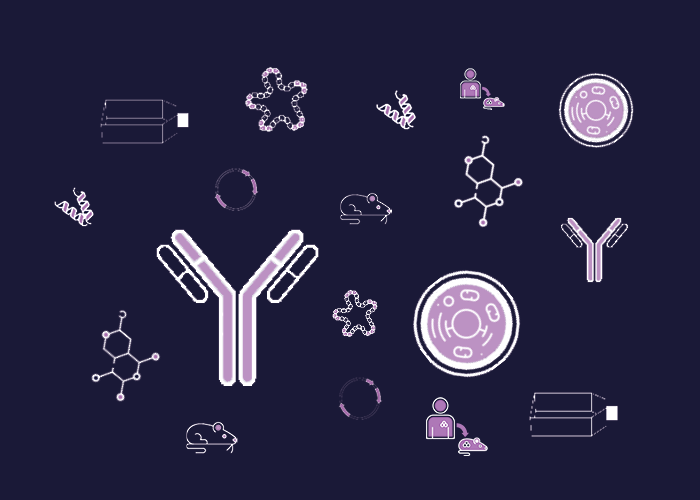
Cat. #152669
HRN Mouse
Cat. #: 152669
Sub-type: Mouse
Availability: 8-10 weeks
This fee is applicable only for non-profit organisations. If you are a for-profit organisation or a researcher working on commercially-sponsored academic research, you will need to contact our licensing team for a commercial use license.
Contributor
Inventor: Roland Wolf
Institute: University of Dundee
Tool Details
*FOR RESEARCH USE ONLY (for other uses, please contact the licensing team)
- Tool name: HRN Mouse
- Research fields: Cancer;Drug development;Genetics;Metabolism
- Tool sub type: Mouse
- Model description: HRN(-/-) HRN stands for Hepatic Cytochrome P450 Reductase Null The publication refers to the HRN parent strain
- Conditional: Yes
- Conditional description: The Por gene is flanked by loxP sites. Cre recombinase is expressed under the rat Albumin enhancer/promoter. The mice exhibit liver-specific conditional deletion of POR, and subsequent disruption of the hepatic P450 metabolism.
- Description: The HRN mouse model lacks P450 activity in the liver and can be used to study the role of hepatic P450 in drug metabolism and to determine the efficacy or toxicity of pharmacological compounds. HRN mice are homozygous for the floxed Por allele and the Alb-Cre transgene. POR is the electron donating enzyme for all of cytochrome P450 enzymes.
- Genetic background: The HRN model was created by targeting the Por gene to generate a floxed allele in GK129/1 embryonic stem cells derived from 129P2 mice and injecting the targeted cells into C57BL/6 blastocysts. Resultant chimeras were backcrossed to C57BL/6 for one generation. Mice heterozygous for the floxed Por allele were intercrossed to generate mice homozygous for the floxed Por allele on a mixed B6;129P2 background. The Alb-cre transgene was developed in the laboratory of Mark A. Magnuson at Vanderbilt University School of Medicine by microinjecting Cre recombinase gene under the control of the rat albumin enhancer/promoter into B6D2F2 zygotes. Mice homozygous for the floxed Por allele were bred to carriers for the Alb-cre transgene to generate HRN mice.
- Phenotype: Hepatic Cytochrome P450 Reductase Null
- Zygosity: Homozygous
- Strain: C57BL/6
- Production details: The HRN⢠model was created by targeting the Por gene to generate a floxed allele in GK129/1 embryonic stem cells derived from 129P2 mice and injecting the targeted cells into C57BL/6 blastocysts. Resultant chimeras were backcrossed to C57BL/6 for one generation. Mice heterozygous for the floxed Por allele were intercrossed to generate mice homozygous for the floxed Por allele on a mixed B6;129P2 background. The Alb-cre transgene was developed in the laboratory of Mark A. Magnuson at Vanderbilt University School of Medicine by microinjecting Cre recombinase gene under the control of the rat albumin enhancer/promoter into B6D2F2 zygotes. Mice homozygous for the floxed Por allele were bred to carriers for the Alb-cre transgene to generate HRN⢠mice.
- Additional notes: HRN stands for Hepatic Cytochrome P450 Reductase Null The publication refers to the HRN⢠parent strain
Handling
- Shipping conditions: Embryo/Spermatoza- Dry Ice
Target Details
- Target: Cytochrome P450 (POR)
References
- Henderson et al. 2003. J Biol Chem. 278(15):13480-6. PMID: 12566435.
- Inactivation of the hepatic cytochrome P450 system by conditional deletion of hepatic cytochrome P450 reductase.


